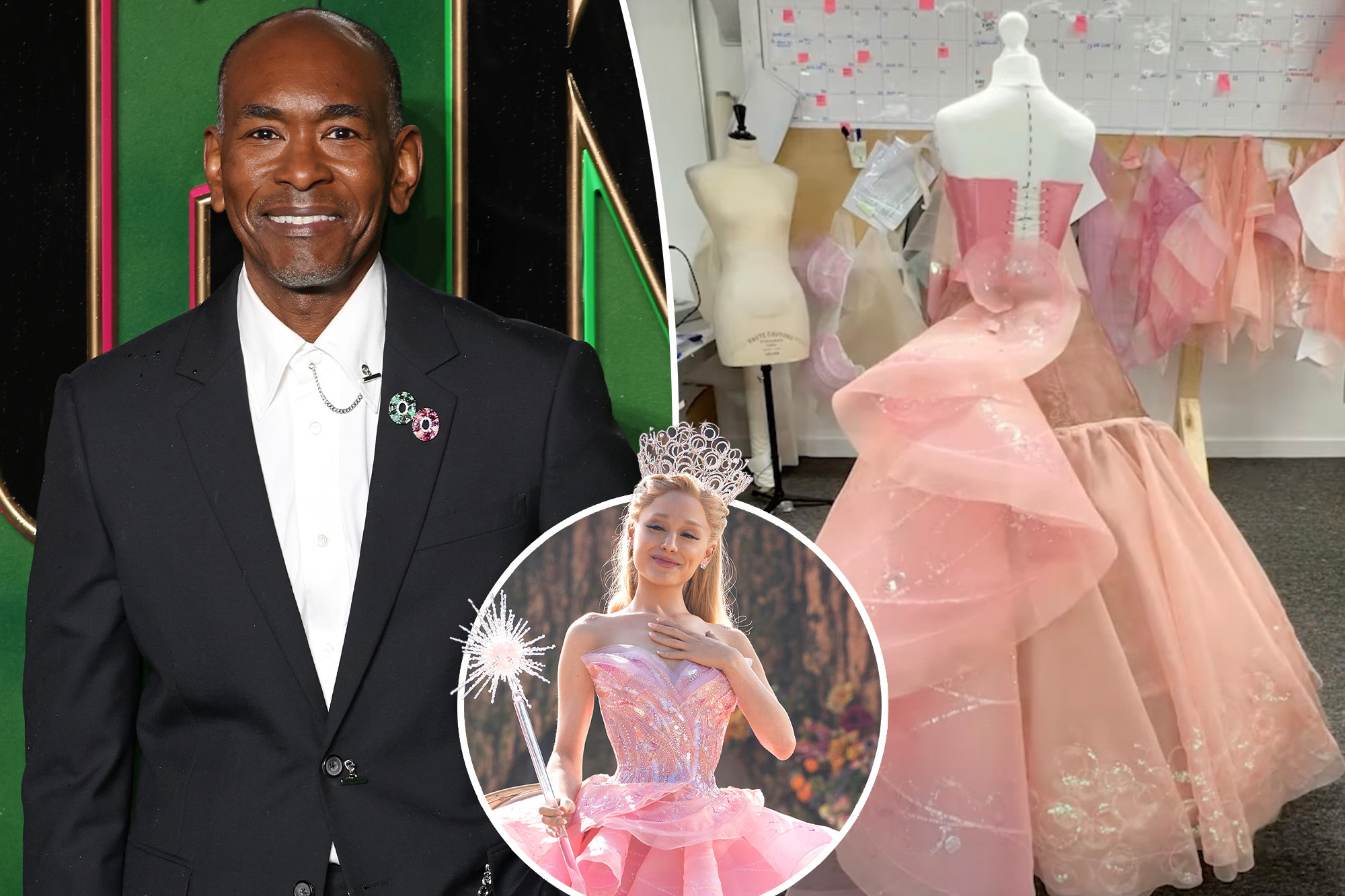Sustainable fashion design is revolutionizing the industry, blending creativity with environmental responsibility. As a concept, it emphasizes reducing waste, using eco-friendly materials, and promoting ethical production. Designers today leverage their expertise to craft garments that minimize ecological impact while maintaining style, proving that fashion can be both beautiful and sustainable.
Experience plays a key role in this shift. Seasoned designers, like Stella McCartney, have long championed sustainability, using organic cotton and recycled fabrics. Their work showcases how practical knowledge can transform traditional design processes. Newcomers, too, are adopting these principles, often starting with small-scale, upcycled collections that resonate with eco-conscious consumers.
Authoritativeness stems from industry leaders and organizations like the Sustainable Apparel Coalition, which provide guidelines and metrics for sustainable practices. These trusted sources ensure designers have reliable frameworks to follow. Meanwhile, trustworthiness is built through transparency—brands that share their sourcing and production methods gain consumer confidence.
From biodegradable textiles to zero-waste patterns, sustainable fashion design proves that creativity thrives within limits. It’s a movement grounded in expertise and trust, shaping a greener future for fashion.





